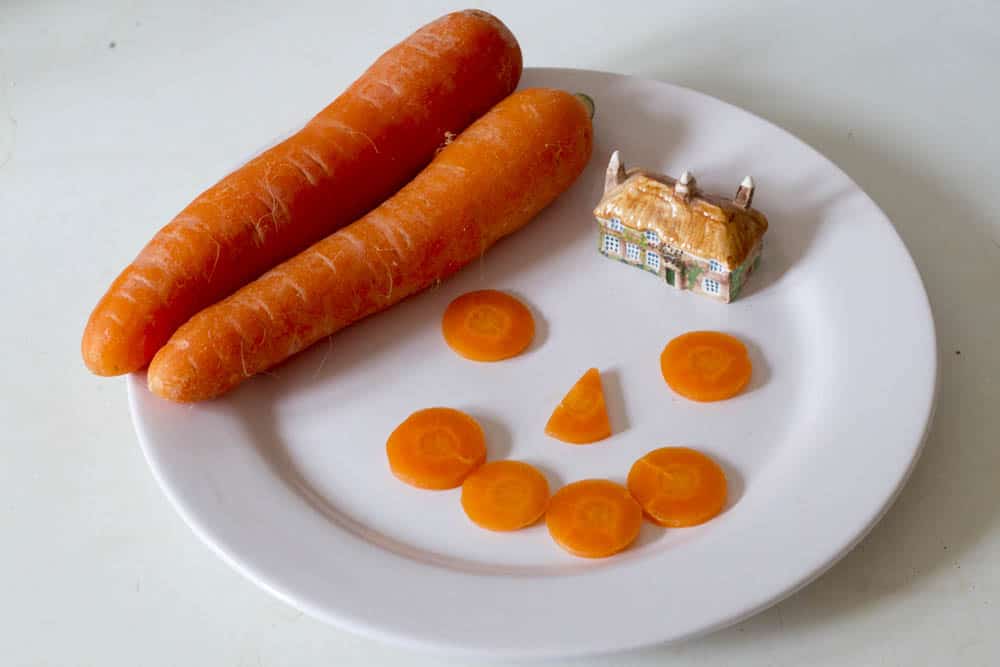Step 1: Don’t stress. Breakfast is easy to plot. Lunch is no big whup. And planning your dinners in advance will save you from running to the store after a long day at work and shopping when you’re so hungry you can’t think straight. Take a piece of paper (don’t eat it!) and write down each day of the week across the top.
Step 2: Check your calendar for the week. On busy days, plan for easy dinners, like pasta. On lazy days, try something more adventurous. Make a note of it on your schedule.
Step 3: Check your kitchen. Peek inside your fridge and pantry to see if you’ve got any ingredients that must be used right away. Walk out to your garden, if you have one, to see what’s ripe.
Step 4: Consider the season. If you don’t have your own garden, remember that freshly harvested produce tastes better, costs less, and helps support your local farms (and the environment). And honestly, can you imagine anything better than locally grown heirloom tomatoes in the summertime? Add any seasonal produce to your shopping list.
Step 5: Check for sales. Skim the newspaper for coupons and store circulars, and plan your meals around them. If chicken is cheap this week, include it in a dinner or two. If beef is on sale, consider a burger or steak night.
Step 6: Given all that you know, write down your seven dinner ideas. If you need ideas, flip through your cookbooks, look online, or call a friend for her favorite recipe.
Step 7: Break down each meal into ingredients, and add them to your shopping list.
Step 8: Hit the store, and feel good knowing you’re saving yourself time and money!
More Nifty Tips
- Make your menu on a full belly, and you’ll be less likely to plan for things like “Dorito night” or “Pasta in a bread bowl” dinner.
- Your dinners should hover around 500 calories, so don’t feel pressured to make extravagant meals every night. Lighter bites will do.
- Try to use as many whole foods as possible. If it doesn’t come off a tree or out of the ground, it’s probably not good for you.
- Make every plate a rainbow. The more (naturally) colorful your meal, the more likely you are to be getting your vitamins.
